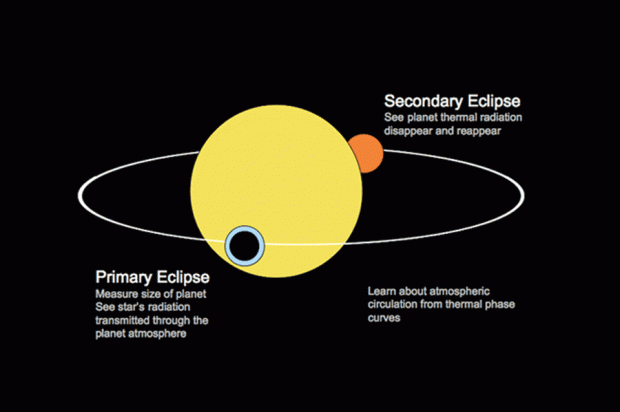
Figure i: Transit schematic showing transit (also called primary eclipse) and secondary eclipse. Planets are so small and faint as compared to their adjacent host stars that clever techniques to study them in the combined light of the planet-star system are the only way to make progress. The planet and star appear as a point source of light. In this case the planet atmosphere, exaggerated and depicted in blue, can be studied when the planet is in front of the star. The starlight shines through the planet atmosphere, reaching our detectors with imprinted features from the planet atmosphere. Not to scale.



